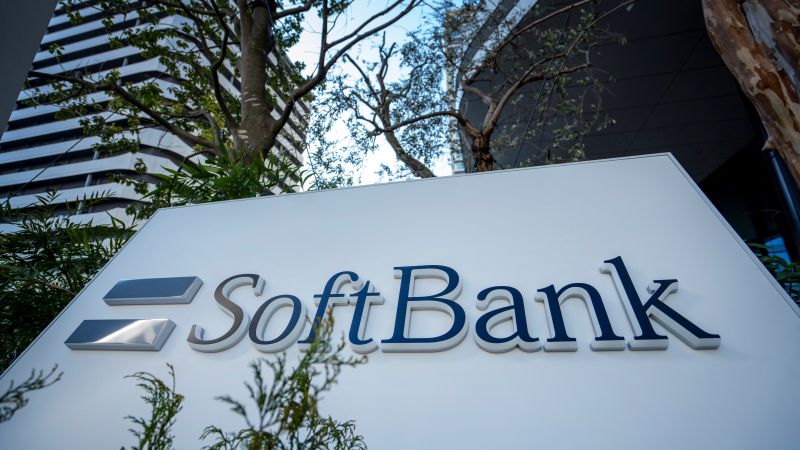In a significant financial maneuver, Japan’s SoftBank has announced plans to invest $2 billion into the struggling American chip manufacturer, Intel Corporation. This investment was confirmed by both companies on a recent Monday, indicating a potentially pivotal moment for Intel, which has experienced a series of challenges in the competitive chip market. The announcement comes amid broader discussions about the future of semiconductor manufacturers and the growing importance of technology infrastructure in our digital age.
As part of the investment agreement, SoftBank will acquire Intel common stock (ticker symbol: INTC) at a price of $23 per share. Following this news, Intel’s shares experienced a notable increase, rising by 6% in after-hours trading. The stock performance underscores investor optimism regarding the potential for revitalization at Intel through this strategic financial injection.
The timing of this investment is noteworthy, as it coincides with reports emerging from the White House regarding the potential for the U.S. government to acquire a stake in Intel as well. According to sources, discussions are underway about the government taking a 10% equity stake in the chipmaker, which would total approximately $10.5 billion. The interest from national leadership in Intel reflects the company’s critical role in the technology sector and its importance to national economic interests.
Intel, once a dominant player in the semiconductor industry, has faced considerable difficulties in recent years, largely attributed to its inability to swiftly adapt to rapid advancements in technology. This decline has placed the company at a competitive disadvantage against rivals who have successfully innovated and responded to market demands. The challenges faced by Intel have raised concerns about its future viability and prompted questions regarding the strategic path forward for the company.
Amid these challenges, Intel’s CEO, Lip-Bu Tan, recently met with former President Donald Trump, in a discussion characterized by Trump as “very interesting.” During this meeting, Tan faced scrutiny regarding alleged ties with China and the implications of such associations for the company’s operations. In light of these allegations, Trump’s acknowledgment of Tan’s remarkable professional trajectory highlights the complexities involved in navigating both business and political landscapes.
Since assuming leadership in March, Tan has embarked on a comprehensive turnaround strategy aimed at rejuvenating Intel’s performance and market standing. One of the key components of this restructuring includes a substantial workforce reduction, with plans to lay off 15% of Intel’s staff—a process the company reported is nearing completion. This drastic decision underscores the urgency for Intel to streamline operations and enhance efficiencies as part of its recovery efforts.
The partnership with SoftBank could play a crucial role in facilitating Intel’s turnaround strategy. With SoftBank’s substantial financial backing, Intel may have the resources needed to invest in research and development, revamping production capabilities, and ultimately regaining its competitive edge in a rapidly evolving industry. The infusion of cash from SoftBank might also signal confidence to other investors and stakeholders about Intel’s future direction and stability.
News about the investment was further bolstered by contributions from CNN journalists Clare Duffy and Phil Mattingly, who provided additional context and analysis surrounding the implications of this significant financial move. Together, the evolving circumstances around Intel and its pivotal role in the semiconductor landscape reflect ongoing changes within the sector and the need for adaptive strategies from major players.
In conclusion, this investment from SoftBank represents not just a financial transaction but potentially a strategic partnership that could aid Intel in navigating its current challenges. As industry dynamics shift and technology continues to advance, the actions taken by companies like Intel and the backing they receive could ultimately influence the future of the semiconductor market and the broader technology sphere.












